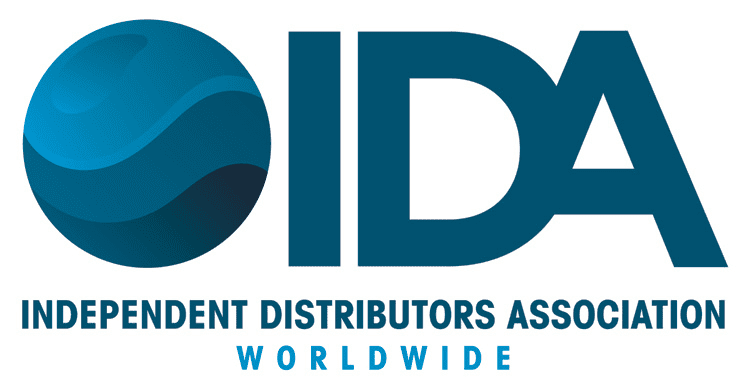Supply Chain Pressures Are Easing—What’s Next for Stock Levels Across the Industry?
After several turbulent years, the global supply chain is showing signs of stabilization—welcome news for aftermarket parts distributors who’ve been navigating shortages, price volatility, and delayed shipments. Key logistics bottlenecks are clearing, raw material availability is improving, and lead times are shrinking for many commonly used components.
But as the pressure eases, a new phase begins—one that requires just as much strategic planning as the crisis did. What does this shift mean for stock levels, purchasing behavior, and long-term inventory strategy?
Signs of Recovery in the Supply Chain
Several positive developments are contributing to improved parts availability:
Port congestion has decreased, with more predictable shipping schedules and fewer backlogs at major North American and international terminals.
Raw material inputs, including steel, rubber, and electronic components, are becoming more available and less expensive.
Manufacturers have adjusted to post-pandemic demand curves and labor constraints, stabilizing production cycles and improving output.
The result is that many distributors are finally seeing faster turnaround times and fewer disruptions when placing orders for high-demand aftermarket components.
Rebuilding Stock: Proceed With Strategy
While it may be tempting to restock aggressively now that parts are flowing more freely, the industry is not returning to a pre-2020 status quo. Instead, a more calculated and flexible approach is needed.
1. Rethink Safety Stock Levels
During the height of the shortages, many companies built up emergency stockpiles to protect against uncertainty. As lead times normalize, distributors should reassess how much buffer inventory is truly necessary—especially for fast-moving SKUs.
2. Monitor Demand Closely
End-user needs continue to fluctuate due to project delays, regional economic shifts, and machine replacement cycles. Distributors should rely on updated usage data, not pre-pandemic assumptions, to inform reorder points and stocking decisions.
3. Strengthen Supplier Relationships
One of the clearest lessons from recent supply chain disruptions is the value of trust and transparency. Maintain close communication with key suppliers to receive early warnings on future disruptions and preferred access to limited inventory when needed.
4. Invest in Inventory Management Technology
Now is the time to modernize warehouse and inventory systems. Better forecasting tools, integrated ERP systems, and real-time stock tracking can reduce excess inventory and ensure parts availability where and when they’re needed.
5. Diversify Sourcing Where Possible
Although conditions have improved, geopolitical risk and regional instability remain potential disruptors. Sourcing parts from multiple regions or qualified secondary suppliers can help mitigate future risks and support more resilient operations.
Looking Ahead: What Comes Next?
The easing of shortages doesn't necessarily mean smooth sailing. Fluctuating global demand, inflationary pressures, and labor challenges still create pockets of unpredictability. Additionally, some components—particularly those tied to electronics or specialized castings—may continue to face delays or batch shortages.
That said, most indicators suggest that 2025 will be a more stable year for aftermarket supply chains, with improved predictability and better planning windows for distributors.
Final Thoughts
After years of reactive management, aftermarket distributors are now in a position to shift back to proactive inventory strategy. The opportunity lies in balancing preparedness with efficiency—stocking smartly, not excessively, and maintaining the agility to pivot as the market evolves.
Stability is returning, but success will depend on how well companies adapt to this next normal. With the right tools, data, and partnerships in place, distributors can turn the lessons of the past into a more resilient and competitive future.


